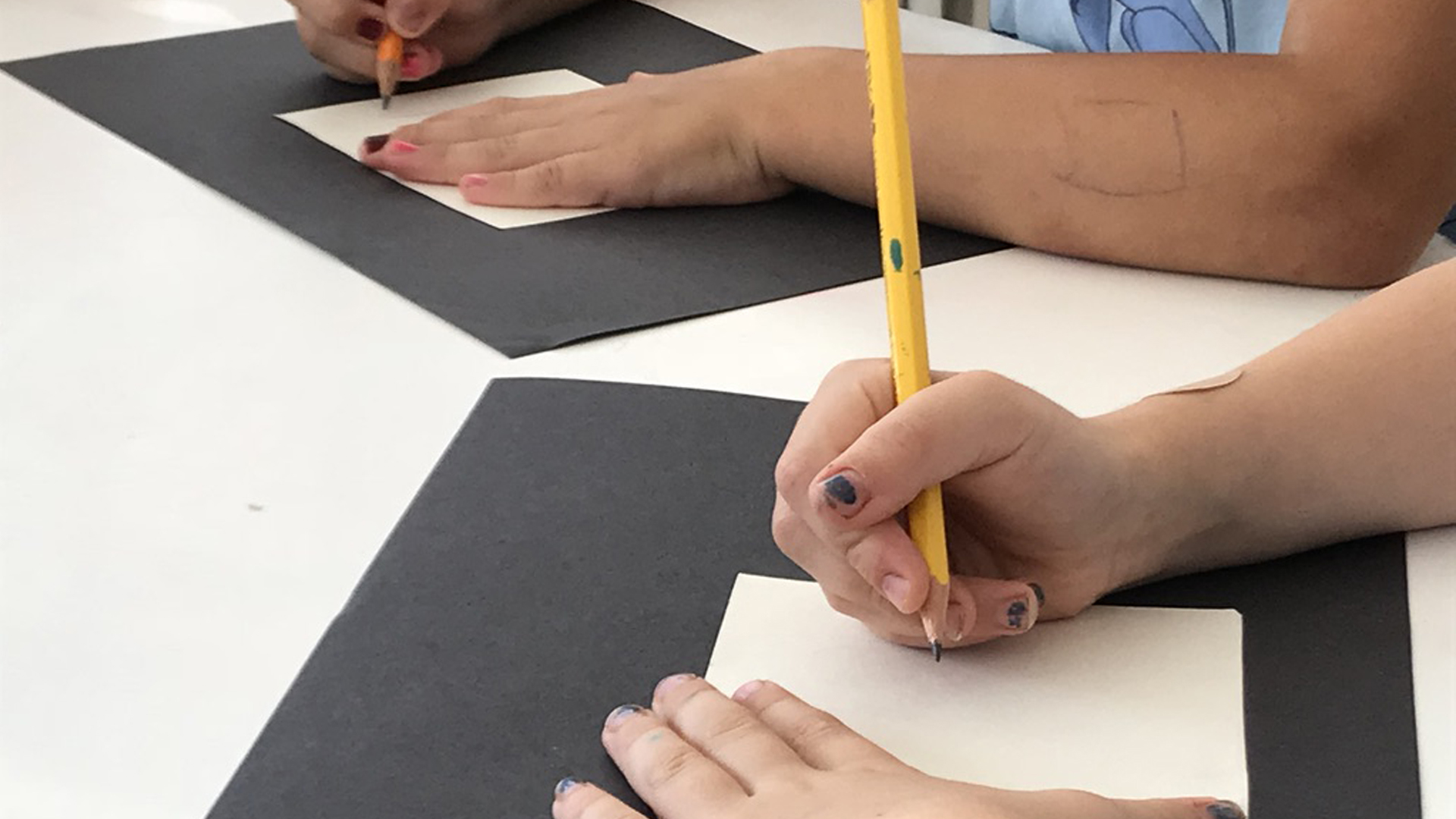by Suzanne Axelsson
As a play-responsive educator I view children’s drawing with the same respect as I view children’s play. In play-work there is the theory of the “play-cycle”, where the idea to play first manifests in the imagination, a play cue is then signalled and responded to, which evolves into a back and forth of cues and responses that becomes the flow. This flow is found within a frame – a space that is physical/mental/emotional surrounding the flow (so it is not a fixed space but moves with the play).
The flow of the play can be interrupted, annihilated in playwork language, by the cue not being responded to, or the frame being destroyed interrupting that flow. For example, a child may see a ball, get the idea to play catch, pick it up and signal to another child, through words or gestures, and throw the ball to that child. This child then responds by catching the ball, and sends a new cue when throwing back the ball to which the first child responds to by catching. Flow is created as the ball is passed back and forth. The space that the children are playing in is their frame. If an adult (or a child) were to step in the middle of this frame/space there is the potential for a new cue, or for the flow to be ruined.
As play-responsive adults, we have the responsibility to protect the frame to allow the children’s flow to continue until it comes to a natural conclusion, or it is paused to continue later or another day. We can use the same theory when children draw.
A child could see pen and paper and be inspired to draw something. They pick up the pen and begin drawing on the paper, the paper and pen respond by marks appearing. Sometimes the pen and paper do not behave the way a child expects and therefore sends a cue back to the child, which the child can respond to (or not). A flow develops between the child, the pen and the paper.
Just like in play, this flow is found within a frame. The flow can be disturbed by an adult (or child) sitting too close, or by asking questions about the drawing, or by moving the materials. Our role is to facilitate the children’s flow. This means we need to be aware of both the flow and the frame, and also the flow and frame of all the other children in the same space so that we do not cause the flow to decay prematurely.
This is the first of many posts of a project about the language of drawing in a collaboration between Suzanne Axelsson, Nona Orbach and Roberta Pucci, where all our voices will be shared via our websites/blogs to share our collective wisdom. The blog posts are translated in five languages:
You are welcome to join our journey on the Facebook page or on Instagram

